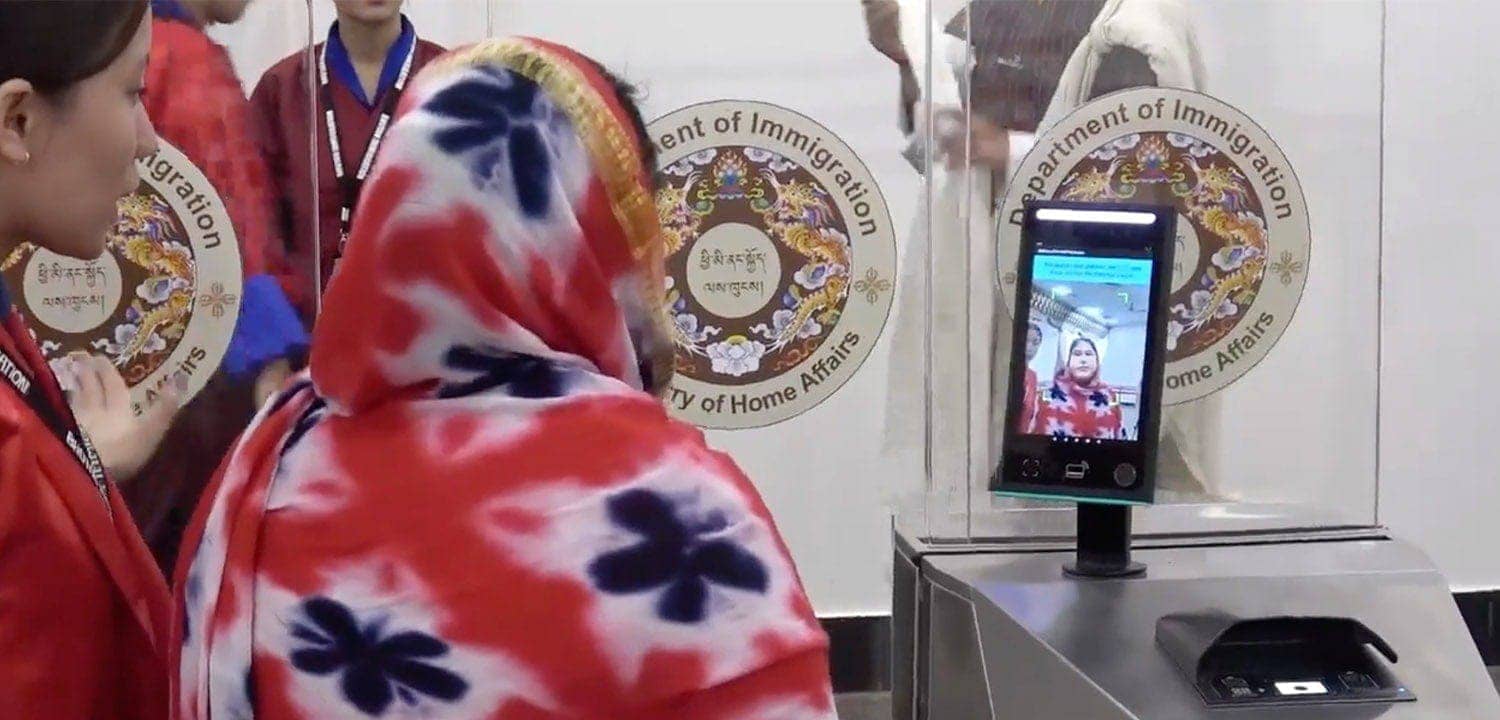
PRODUCTO

Biometría más inteligente, más sólida Identidad digital.
VER TODO
buscador de productos
respuesta
estudio de caso
apoyo
Empresa

Identificar el mundo. De forma fácil y segura.


años de sólida experiencia
20+
.jpg)
400+
proyectos personalizados



ES
.avif)
.avif)
In 2025, Aratek Biometrics partnered with local integrators to support Bhutan’s Department of Immigration in deploying facial recognition technology at the Phuentsholing Pedestrian Terminal. By integrating BA8300 facial recognition terminals into newly installed e-gates for the Automated Immigration Clearance System (AICS), the project delivered faster processing, improved security, and a more seamless traveler experience at the country’s busiest border crossing with India.

.avif)
.avif)
Bhutan’s busiest border crossing at the Phuentsholing Pedestrian Terminal faced mounting pressure to modernize its immigration procedures. With a daily footfall averaging 15,000 people—and even higher during market days, holidays, or school terms—the manual clearance system was struggling to keep pace. Several key operational challenges were impeding both security and service efficiency:
These challenges highlighted the urgent need for a faster, more secure, and scalable solution to modernize the immigration process at Bhutan’s key border point.
.avif)

Terminal de reconocimiento facial multifacético de 8 pulgadas
To meet growing operational demands, Aratek Biometrics partnered with local integrators to support Bhutan’s Department of Immigration in launching the Automated Immigration Clearance System (AICS) at the Phuentsholing Pedestrian Terminal in 2025. As part of the initiative, Aratek supplied BA8300 facial recognition terminals, which served as the core biometric hardware integrated into newly installed e-gates across both entry and exit lanes.
The BA8300 was selected for its high 99.72% facial recognition accuracy (LFW benchmark), Live Face Detection (LFD) to prevent spoofing, and tamper protection to guard against physical interference, ensuring reliable performance in a high-traffic border environment. Once travelers have pre-registered their biometrics, they can pass through the e-gates with a simple facial scan—no physical documents required. What once took several minutes per person is now completed in under 3 seconds, with far stronger identity assurance. By replacing manual checks with fast and secure facial recognition, the newly AICS system has significantly streamlined pedestrian flow and enhanced both security and service at Bhutan’s busiest border checkpoint.
.avif)
Automated facial scans reduced clearance time from several minutes to under 3 seconds per traveler, easing congestion at border checkpoints.
Biometric verification reduced identity fraud and blocked repeat offenders using alternate credentials, strengthening overall control at the border.
Seamless, contactless passage through e-gates offered a faster, more convenient, and modern border crossing experience for both citizens and foreign visitors.
.avif)

.avif)
Usa nuestro product finder to pinpoint the ideal product for your needs.






















